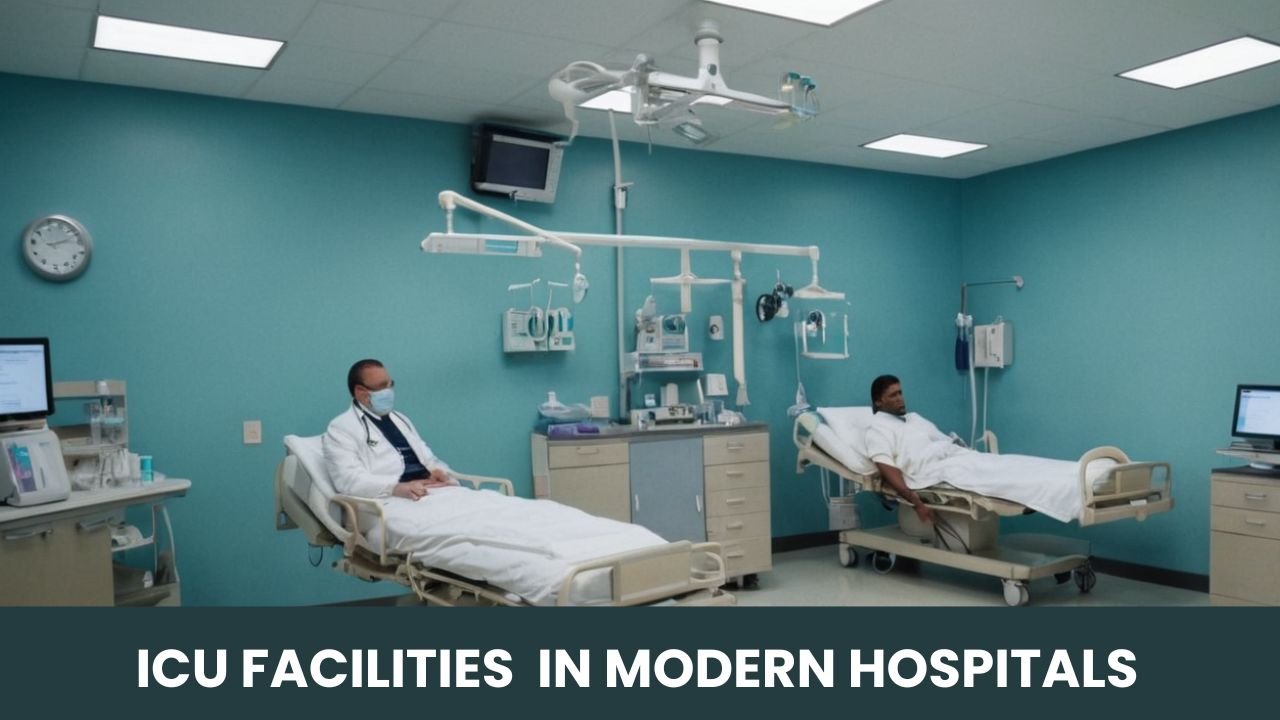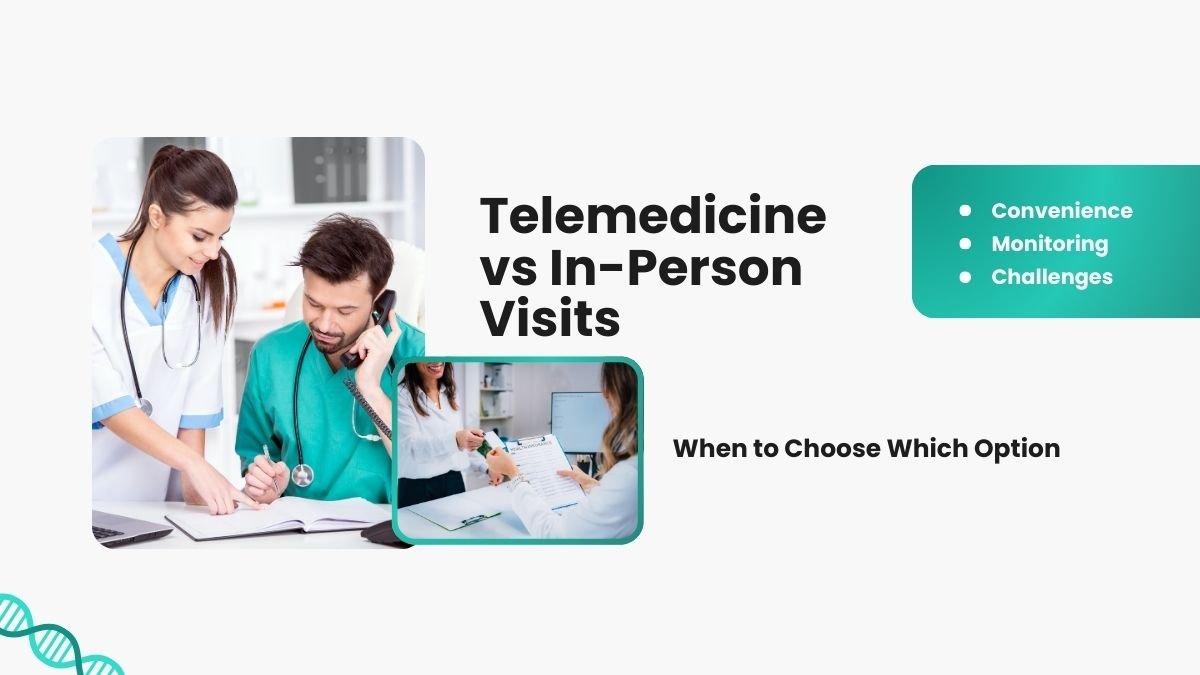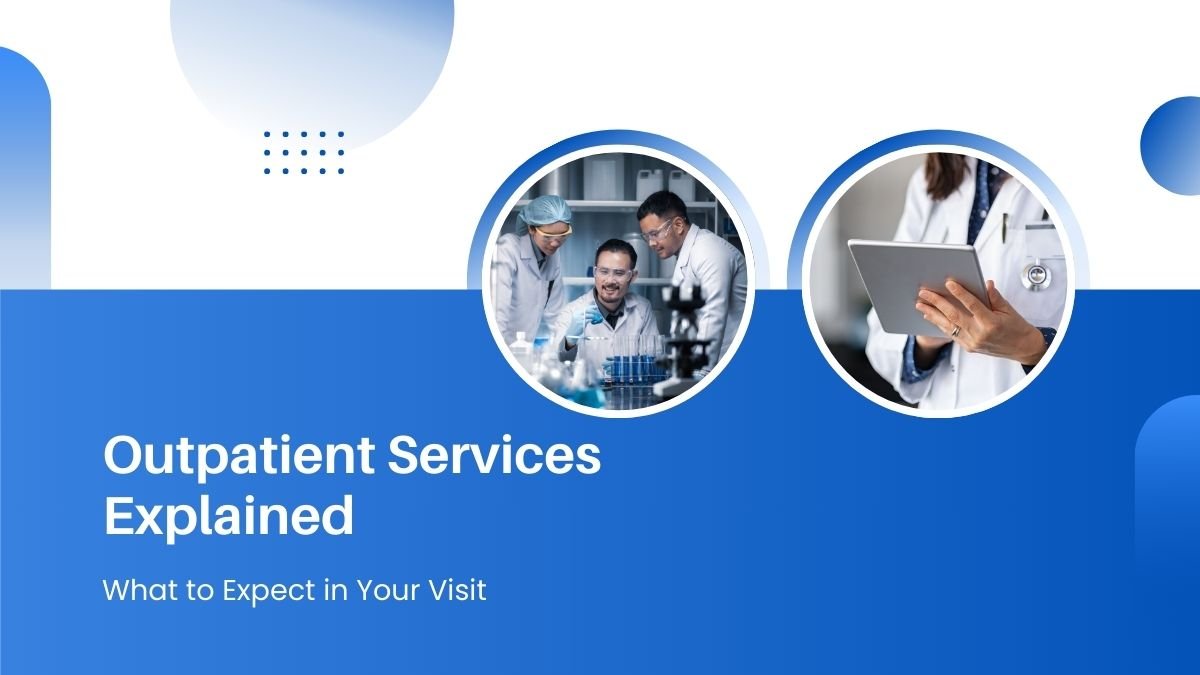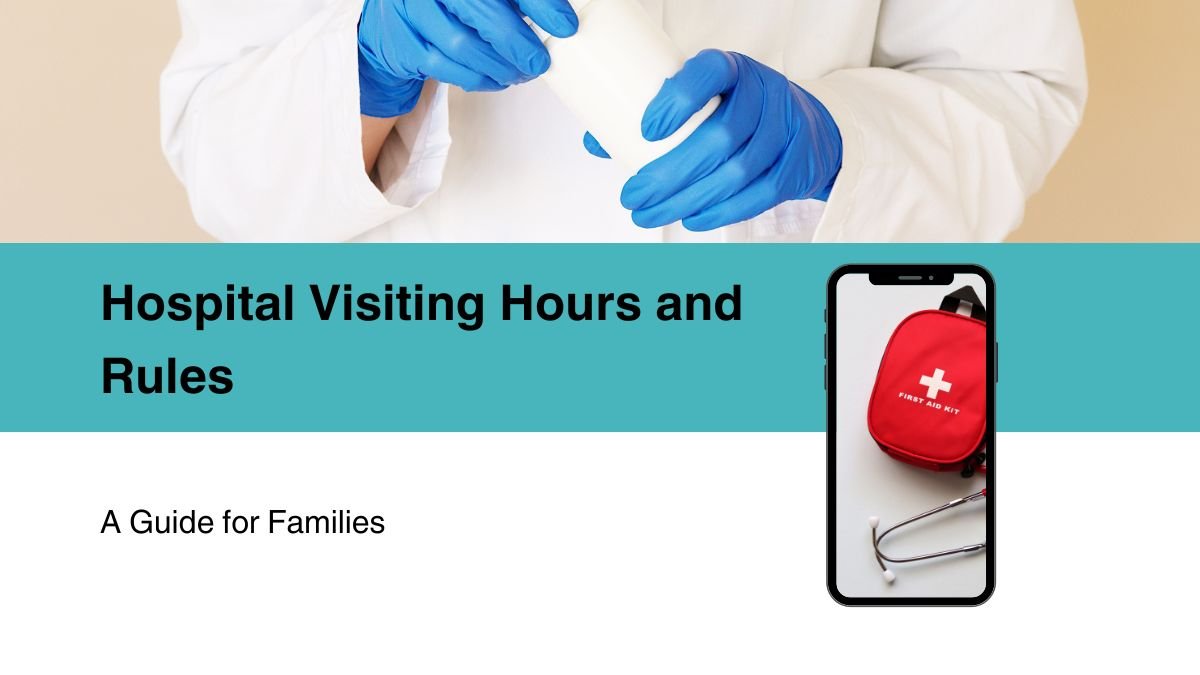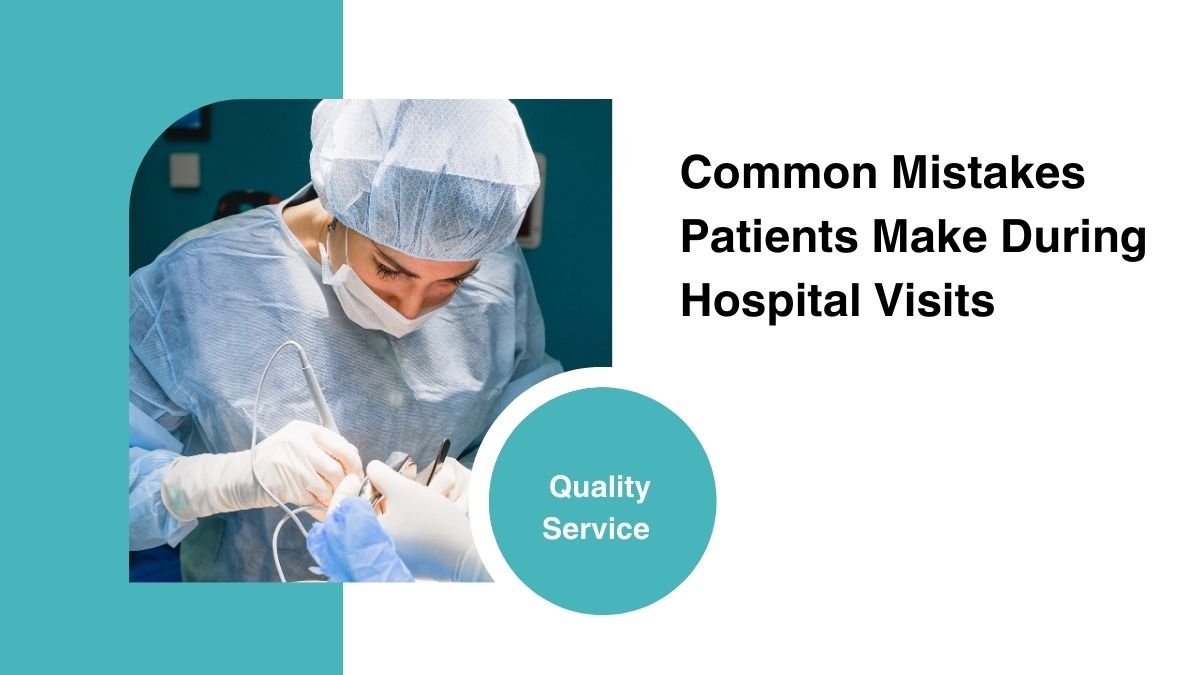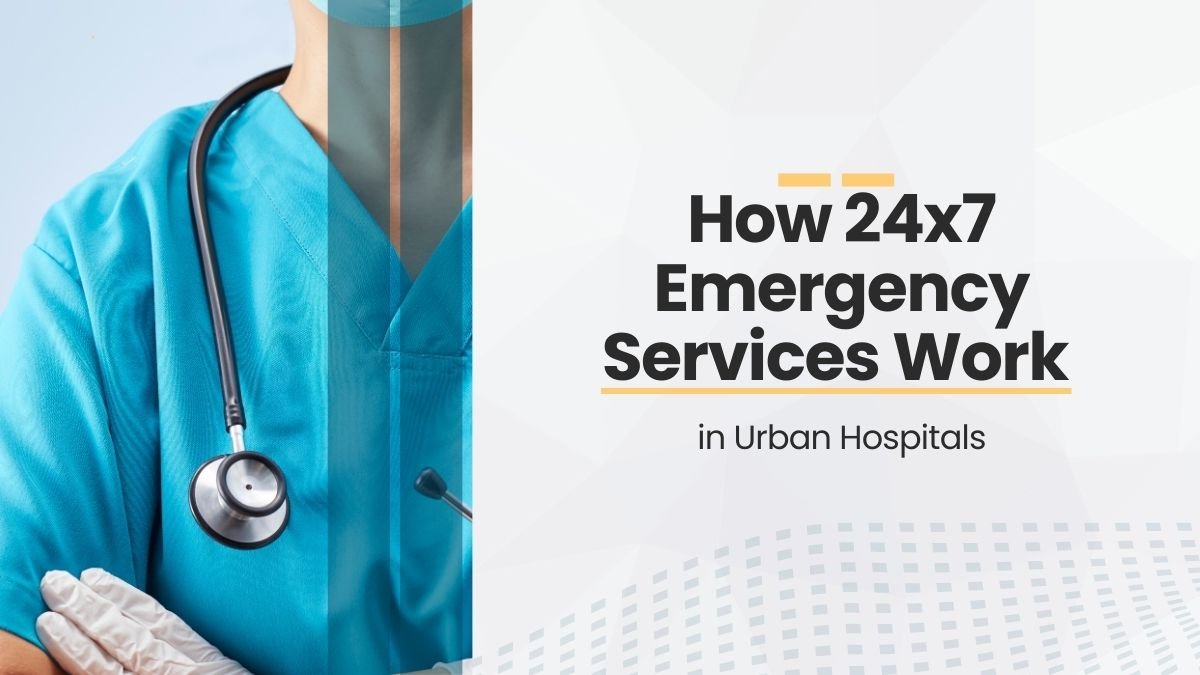When a person becomes seriously ill or needs a lot of care after a major surgery, then he is kept in ICU i.e. Intensive Care Unit. ICU is a department where patients are monitored every moment and every facility is available to ensure that they get immediate treatment.
Today ICUs are not the same as before. New technology, better treatment methods and team of doctors have made ICU more effective than ever.
What is ICU?
ICU means Intensive Care Unit i.e. “critical care department”. Patients who need constant monitoring and immediate treatment are kept here.
For example:
- Patients who have had a heart attack
- Those who have undergone major surgery
- Those who have trouble breathing
- Patients with serious injuries or accidents
The ICU is monitored every moment and all modern machines are installed, so that treatment can start before the patient’s condition deteriorates.
How has technology and monitoring changed in the ICU?
Earlier, doctors and nurses used to check the patient’s heartbeat, blood pressure and oxygen every few minutes. But now all this is done by automatic machines.
What happens in the ICU now:
- Monitoring system: The patient’s heart rate, blood pressure, oxygen level is recorded every second.
- Alarm system: As soon as there is any change, the machine gives an alarm and the doctor can start treatment immediately.
- Remote monitoring: Now the doctor can see the patient’s condition on the screen even while sitting outside the ICU.
Apart from this, nowadays AI i.e. Artificial Intelligence is also being used in ICU, which can predict in advance whether there can be any danger by reading the patient’s data.
Now there is a non-invasive method for breathing problems
Earlier in ICU, in case of breathing problems, the patient was connected to the ventilator through a pipe, which is called intubation. But now the use of non-invasive ventilation has increased.
Its methods:
- CPAP and BiPAP machines that give oxygen without inserting a tube in the throat.
This gives comfort to the patient and also reduces the risk of infection.
Apart from this, CO2 level is also measured in real time with machines like Capnography, which helps the doctor understand how much difficulty the patient is having in breathing.
Now treatment is according to each patient
In ICU, personalized treatment is given instead of the same treatment. Doctors decide the medicines only after looking at the characteristics of the patient’s body.
How does this happen?
- Based on the patient’s genes (DNA) and test report, it is decided which medicine will be most effective.
This reduces the side effects of the medicine and the effect is quick.
Example: If a patient is allergic to antibiotics, then another medicine is given after testing him beforehand.
Use of telemedicine in ICU
Now it is not necessary for the doctor to be present in the ICU to get the patient advice from good doctors. Through telemedicine, experts sitting far away can also advise the ICU staff.
What are the benefits of this:
- Specialist treatment can be available even in remote areas. For example, if there is an ICU in Vadodara or villages, then doctors from Delhi or Mumbai can give online advice.
- This also saves the time of the ICU staff and decisions can be taken quickly.
Strict control over infection
The immune system of patients in the ICU is weak, so it is most important to protect them from infection. Nowadays, hospitals pay special attention to infection control with the help of new technology.
How?
- ICU rooms are disinfected using UV light.
- Nurses and doctors regularly use PPE kits, masks, gloves.
- Hand sanitization and strict cleaning procedures are followed.
These measures protect patients from hospital infections and make their recovery faster.
Better communication with patients and family
Nowadays, ICUs not only treat patients, but also consider it important to inform and mentally strengthen patients and their families.
What changes have happened:
- Doctors now regularly communicate with the family and explain the treatment conditions.
- The family can see the patient in the ICU through digital screens or video calls.
- Many ICUs have patient education tools that explain to the patient about their disease and treatment.
Example: A patient’s daughter lives abroad, she can get information related to ICU from the doctor over a video call.
Special ICUs for special needs
Now not every ICU is the same. Special ICUs are now being built in big hospitals – such as:
- Cardiac ICU – for heart disease
- Neuro ICU – for brain related problems
- Pediatric ICU – for children
Best ICU Care in cities like Vadodara now has:
- Specialist doctors for every department
- Hi-tech machines and 24×7 support
- Individual care plan for every patient
Conclusion
ICUs are no longer the same as before. New technology, better treatment, medicines according to the patient, protection from infection, consultation with doctors sitting far away and communication with the family – all these have changed the way ICU works. ICU has now become even more effective and safe in the treatment of critical patients.
If you live in a city like Vadodara and need an ICU, it would be better to get treatment in today’s multi-facility ICU. This can not only save the patient’s life, but also ensure his quick recovery.
Your health is most valuable — and the ICU Now he is fully prepared to keep her safe.
